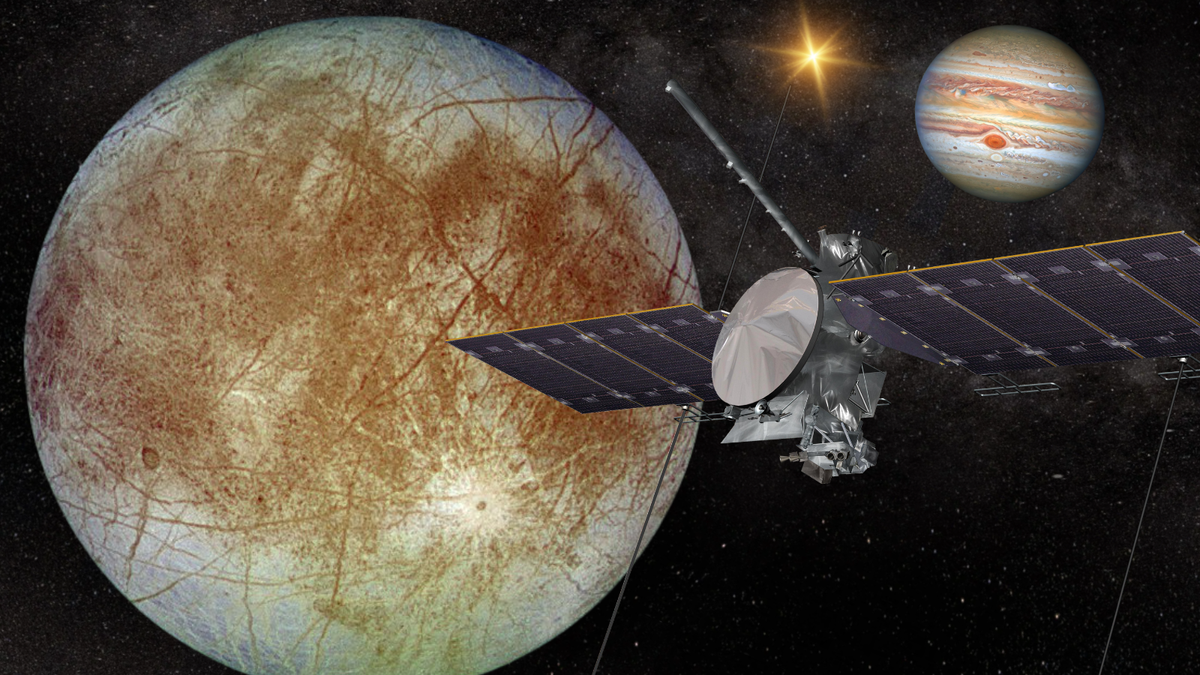Johannes Gutenberg is considered the inventor of movable metal type printing, and thus the founder of modern book printing – at least in Europe. In Korea, a collection of Buddhist teachings appeared 78 years before the world-famous Gutenberg Bible, which was also printed in metal lettering. A collaborative research project has now set itself the task of finding out more about this topic, analyzing historical Eastern and Western prints using a high-resolution X-ray fluorescence (XRF) process.
Author Rachel Berkowitz reports on the results In an article in the journal Physics, the electronic journal of the American Physical Society. The prints were scanned literally pixel by pixel at the SLAC National Accelerator Laboratory in California using a high-resolution X-ray fluorescence imaging method. How the research team led by Uwe Bergmann, a physicist at the University of Wisconsin-Madison, who has been developing and applying X-ray spectroscopy methods for years, proceeded is roughly described in the Journal of Physics article as follows: Historical publications are included in the appendix, which is specifically designed for fragile documents such as The XRF spectrum of each pixel was inserted using X-rays in order to provide information about the chemical composition. “When we started using XRF imaging […] We started out, we could only do ten [chemische]Measure channels per pixel. “We are now capturing the entire XRF spectrum with more than 2,000 channels per pixel,” Bergman was quoted as saying in the article published in the specialized journal. For printed manuscripts, this results in a 5-megapixel X-ray image.
As part of the research project, pages from ten examples of Korean and Gutenberg texts before the year 1500 were examined. What was particularly interesting was whether and how much the two printing processes shared. “It’s a million-dollar question as to whether Gutenberg knew about Korean technology or not,” the physicist was quoted as saying. What was surprising in the least was that both prints contained relatively large amounts of metals in their compounds, such as copper and lead.
Is Korea the cradle of modern printing?
Overall, people are becoming increasingly aware of Korea’s importance in the history of printing. In the transition from wood-carved printing forms to letters cast in metal, historical research conducted by the UNESCO International Center for Documentary Heritage (ICDH) in Korea, for example, has shown that Korean scribes knew enough about ideal metal composition and improved writing. Typesetting technology as early as the 13th century, for printing books with movable metal type as early as about 1234. This is the earliest known example of this jikji, That is, Buddhist teachings, from 1377 – about 80 years before Gutenberg’s Bible. also French National Library Honor the summer’s Korean discoveries and display the earliest Jikji prints with Gutenberg’s prints. In addition, a short one was also created Video about Gokce Prints produced.
X-ray examination results
The research project described is currently at an early stage. According to the article, accurate information is not yet available. However, the goal is to gain a better understanding of these early printing processes. For example, the question is whether the metals in the ink used leach out and, for example, allow conclusions to be drawn about the alloy that Gutenberg used for his type. They can then be compared to those in Korea, according to the article published in the Journal of Physics.
Beyond-print.de will certainly stay informed and continue reporting on the research project.
summary
Article name
News: How X-ray technology is helping to rewrite the history of printing
a description
Johannes Gutenberg is considered the inventor of movable metal type printing, and thus the founder of modern book printing – at least in Europe. In Korea, a collection of Buddhist teachings appeared 78 years before the world-famous Gutenberg Bible, which was also printed in metal lettering. A collaborative research project has now set itself the task of finding out more about this topic, analyzing historical Eastern and Western prints using a high-resolution X-ray fluorescence (XRF) process.
author
Editorial Board
Publisher name
Beyond print.de

“Certified tv guru. Reader. Professional writer. Avid introvert. Extreme pop culture buff.”






More Stories
Engineering/Technology: 67 teams from 24 countries at the ETH Zurich Cybathlon in Kloten ZH
Google is developing artificial intelligence technology that can control computers – Vietnam.vn
New residual waste bins of Euskirchen / Chip technology against illegally used waste containers – Euskirchen area